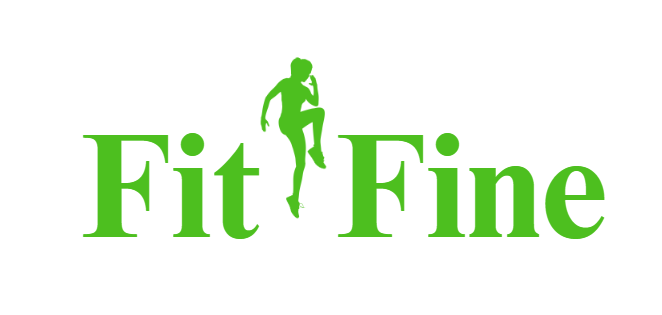Cherry angiomas, those small red or purplish bumps that often appear on the skin as people age, are typically harmless but can be a source of concern for many individuals. While these skin growths are generally benign, some people may choose to have them removed for cosmetic reasons or if the angiomas become irritated or bleed. In this article, we’ll explore the safe and effective methods for removing cherry angiomas and regaining clearer skin.
I. Understanding Cherry Angiomas
Cherry angiomas, also known as Campbell de Morgan spots or senile angiomas, are benign skin growths characterized by their distinctive red or purplish color. These growths can vary in size, ranging from a pinpoint to about a quarter of an inch in diameter. While cherry angiomas are most commonly found on the torso, arms, legs, and shoulders, they can develop anywhere on the body.
Medical professionals still didn’t find any specific cause for Cherry Angiomas. But some common health factors that play a vital role in developing Cherry Angiomas in the body are:
- Age Factor.
- UV Exposure.
- Pregnancy.
- Heredity.
- Human herpesvirus-8.
- Medicine Side Effect.
II. Why Remove Cherry Angiomas?
The decision to remove cherry angiomas is a personal one and often depends on the individual’s aesthetic preferences and comfort. Here are some reasons why people choose to remove these benign skin growths:
- Cosmetic Concerns: Cherry angiomas can be cosmetically bothersome, particularly when they appear on visible areas of the body. Some individuals may opt for removal to improve the appearance of their skin.
- Irritation and Bleeding: In certain cases, cherry angiomas can become irritated, itchy, or prone to bleeding. This discomfort can be a motivating factor for removal.
- Dermatological Evaluation: Individuals may choose to have cherry angiomas removed after a dermatologist confirms their diagnosis and advises removal as a suitable option.
III. Safe Methods for Cherry Angioma Removal
If you’ve decided to remove your cherry angiomas, there are several safe and effective methods to consider. It’s important to consult with a dermatologist or healthcare provider to determine the best approach for your specific situation. Here are some commonly used removal methods:
- Cryotherapy (Cryosurgery): This method involves freezing the cherry angioma using liquid nitrogen. The freezing process causes the angioma to fall off over time.
- Electrocautery: Electrocautery involves using an electrical current to burn the cherry angioma. This method is efficient and results in the angioma eventually sloughing off.
- Laser Therapy: Laser treatment is a popular option for cherry angioma removal. The laser targets and destroys the blood vessels within the angioma, causing it to fade and disappear.
- Excision: In cases where the cherry angioma is large or deep, excision may be recommended. During excision, the dermatologist surgically removes the angioma, followed by sutures to close the wound.
IV. At-Home Remedies: Treating Cherry Angiomas at Home
While it’s essential to have cherry angiomas assessed and removed by a medical professional, some individuals may be tempted to try at-home remedies. It’s crucial to exercise caution when considering self-removal methods, as attempting to remove cherry angiomas without medical guidance can lead to complications, scarring, or infection.
Common at-home remedies that should be approached with caution include:
- Apple Cider Vinegar: Some people apply apple cider vinegar to cherry angiomas in an attempt to remove them. However, this method is not recommended as it can cause skin irritation and may not be effective.
- Over-the-Counter Creams: Various topical creams claim to remove skin growths, but their effectiveness is often questionable, and they may cause skin irritation.
- Scraping or Cutting: DIY methods like scraping or cutting off cherry angiomas can lead to bleeding, infection, or scarring and are not advisable.
It’s important to consult with a dermatologist to determine the best and safest removal method for your specific cherry angiomas.
V. Post-Removal Care
After a cherry angioma removal, it’s important to follow post-removal care instructions provided by your healthcare provider or dermatologist. These instructions may include:
- Wound Care: Keeping the wound clean and applying any prescribed ointments or dressings to prevent infection.
- Sun Protection: Protecting the treated area from sun exposure by using sunscreen and wearing protective clothing.
- Avoiding Irritation: Avoid activities or products that could irritate the treated area.
Cherry angiomas may be benign, but they can cause concern for individuals who prefer to have clear, unblemished skin. If you decide to remove your cherry angiomas, it’s crucial to seek the guidance of a dermatologist or healthcare provider to ensure safe and effective removal. By choosing a suitable method for removal and following proper post-removal care, you can achieve clearer and more comfortable skin, free from these benign but potentially bothersome growths.






